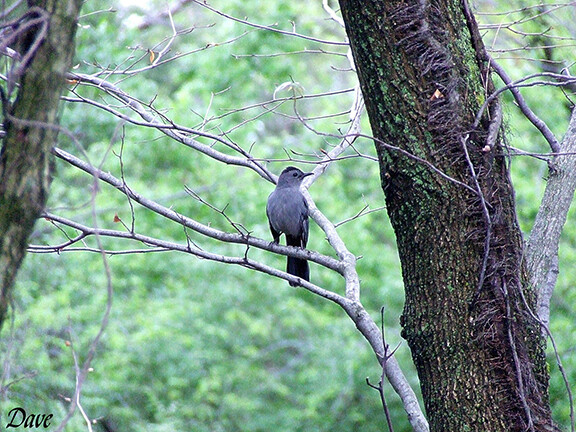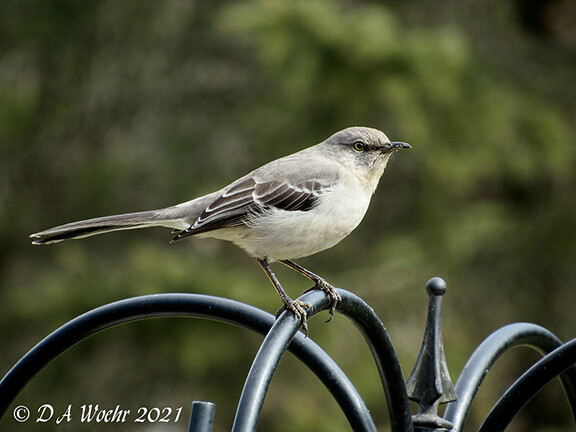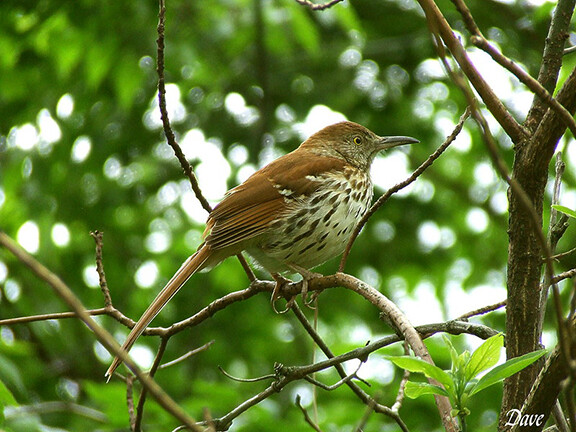Image

LEBANON, OH -- There are several species of robin-sized birds in our area that are referred to as mimics because their vocalizations remind us of familiar sounds. The Gray Catbird meows. The Northern Mockingbird imitates the calls of many of our other backyard birds. And the Brown Thrasher parrots more sounds than we can count. The catbird’s call is perhaps the softest of the three. The Mockingbird and Brown Thrasher can be rather loud and somewhat irritating. Nevertheless, all three are interesting birds to encounter and are quite entertaining and amusing to bird watchers of all ages.

The Catbird is mostly gray except for a black crown and a russet patch of soft under-tail feathers. It feeds primarily on insects and berries. It can be seen throughout much of the year except for the first three months when it goes on winter vacation from Ohio.

The Mockingbird has a white throat and breast, a gray cap and back, black wing feathers, and black tail feathers except for the outer two which are white. It is not a picky eater and feeds on insects, berries, fruit, seeds, and suet. It is often the backyard avian bully driving other birds away from feeders which it seems to think belong exclusively to it alone. The Mockingbird is common all twelve months of the year in Ohio.

The Brown Thrasher may be the beauty contest winner among our three mimics. Its back, cap, wings, and tail are a pleasant auburn reddish-brown color. Its breast is white flecked with darker browns. Its tail is quite long, and it sports a noticeably long downward-curved beak. The Brown Thrasher’s favorite food is insects and insect larvae most of which it finds while scratching around in ground litter. It will eat seeds and berries, too. Not known for being an Ohio winter resident, nevertheless I found one on the ground eating seed that had spilled form an overhead backyard feeder onto the snow in mid-January five years ago.
The mimics are not birds of the deep woods. They can be seen wherever there are open areas bordered with thickets, hedgerows, or shrubbery. Watch for them.